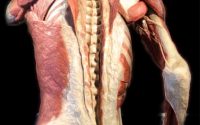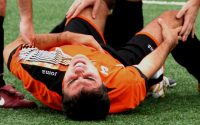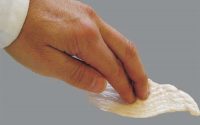Positive Impact of Tactile Massage on Adolescents with ADHD: Insights from a Small-Scale Study
Attention Deficit/Hyperactivity Disorder (ADHD) is one of the most prevalent neurodevelopmental disorders in adolescents, affecting around 5% of this age group worldwide. While psychosocial interventions and medications have proven effective in managing core ADHD symptoms such as inattention, hyperactivity, and impulsivity, they do not always yield satisfactory results on their own. This has led to an increased interest in exploring complementary therapies to enhance treatment outcomes for adolescents with ADHD. One such approach—tactile massage—has been investigated in a recent small-scale study, revealing promising benefits.S
The study published in the journal Complementary Therapies in Clinical Practice evaluated the effectiveness of tactile massage on alleviating ADHD symptoms in a clinical setting. Fourteen adolescents, aged 15-17 years and previously diagnosed with ADHD, participated in this research.
The experimental design utilized a single-subject ABA methodology, in which each participant acted as their own control, complemented by group-level evaluation using descriptive statistics. During the intervention phase, the participants received regular tactile massage sessions, while primary and secondary outcome measures were assessed before, during, and after the intervention.
Key Findings
The results of the study showed a statistically significant reduction in core ADHD symptoms, particularly in hyperactivity, impulsivity, and inattention. Additionally, behaviors associated with oppositional defiant disorder (ODD) showed marked improvement.
Participants also reported that falling asleep became significantly easier after receiving tactile massage. Although there was a tendency towards lower pain perception, these findings did not reach statistical significance. The absence of adverse side effects and the high compliance rate among participants further underscore the potential of tactile massage as a complementary intervention for adolescents with ADHD.
Implications and Future Directions
This study highlights the potential of tactile massage to serve as a complementary therapeutic option for adolescents with ADHD. By providing a non-invasive and easily implementable therapy, tactile massage could play an important role in holistic ADHD management strategies. Its ability to enhance sleep quality is particularly noteworthy, as sleep disturbances are common in adolescents with ADHD and often exacerbate daytime symptoms.
Despite the positive outcomes observed in this small-scale study, the authors recommend further research with larger sample sizes to substantiate these findings. Future studies should also consider long-term follow-ups to determine the sustainability of the benefits observed.


